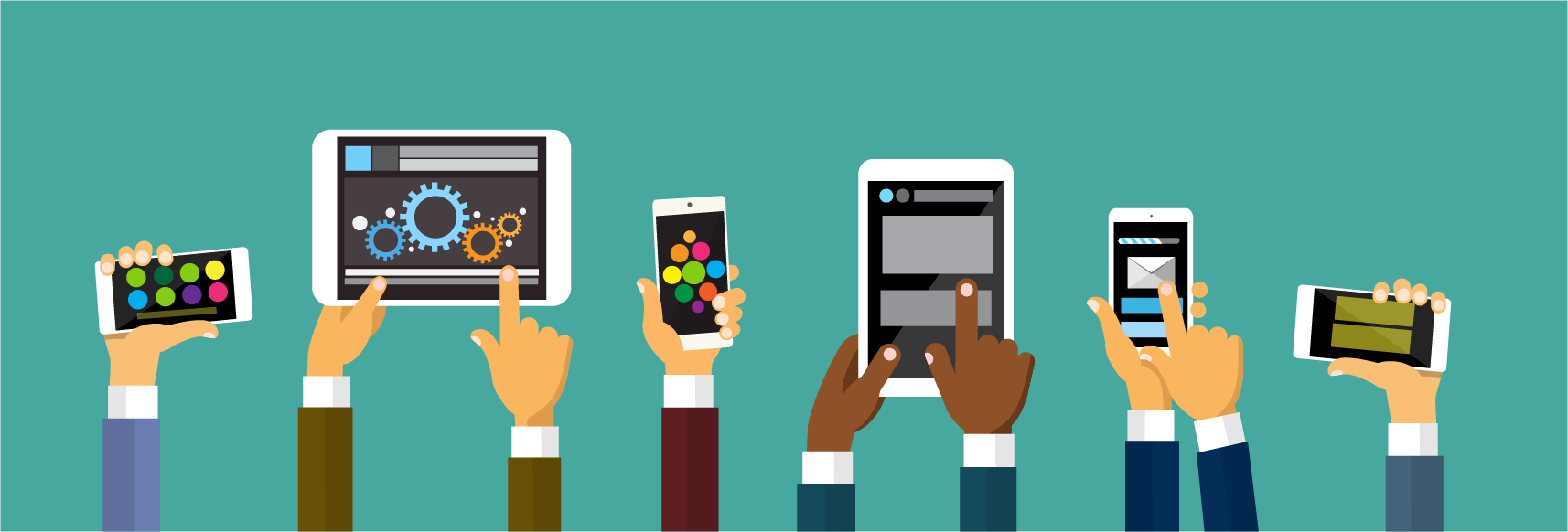Author:
RM Results
New technologies are shaping and reshaping our habits and working practices very rapidly. In a world of touch screen devices, instantaneous digital communication and agile working, examiners expect e-marking systems to offer them the flexibility of touch gestures and the option to choose their working hours and location.
E-marking offers flexibility to mark from any secure location
As opposed to paper-based marking, e-marking doesn’t require examiners to work together in the same physical location. This removal of the obligation for examiners to travel for face-to-face meetings also opens up a rich segment of potential examiners who find travel challenging, whether due to physical mobility difficulties or a need to balance work with home and life commitments.
E-marking technology has the potential to attract the younger generation to marking
Introducing new, innovative e-marking technology has the potential to attract and introduce a younger generation to marking, according to Dr Yeshwanth Rao K, Deputy Registrar at Manipal University. He believes that e-marking has the potential to spark new interest in marking high-stakes assessment across all ages: “I think that will attract all, not only the younger generation, also the older generation. Everyone is very comfortable with the marking process, so obviously they would look forward to something new and something that was easier than what was before.”
Perceptions of the e-marking process are positive in the UK
In the UK, where the majority of general qualification examinations are e-marked, examiners look very positively on most aspects of marking. According to an Ofqual research, around 90% of examiners agree that they have sufficient support, training, briefing and guidance to carry out their examining role. Moreover, 96% of examiners and moderators agree that they are confident in their ability to mark or moderate accurately and reliably.
Awarding bodies are looking to use e-marking technology to improve their assessment process
E-marking has often been cited for its impact on the quality of marking, by supporting better standardisation processes and the use of item seeding and double marking. Less attention has been paid to the way e-marking data can be used to improve the assessment process.
Advanced e-marking systems, such as RM Assessor³, can capture a huge amount of data during the marking process from how accurately an examiner marks, to how efficient and reliable the marking process is. Understanding examiner behaviour in this way can enable organisations to identify where there is a real opportunity for improvement, implement targeted process changes and measure the outcomes.
Continuous investment in e-assessment technology
To keep up with technological advancements, changing needs of examiners and new forms of content to mark, RM developed RM Assessor³ and end-to-end digital assessment solutions. RM Assessor³ enables examiners to ‘mark anything, anywhere’ and on a wide range of devices. Designed with the user’s needs in mind, RM Assessor³ aims to provide a ‘best ever’ e-marking experience to examiners.
As an early-adopter of RM Assessor³, the International Baccalaureate is already reaping the benefits of marking anywhere, including improved examiner satisfaction. To find out more about the adoption of RM Assessor³ and the other benefits the IB is currently experiencing, watch our video case study: E-marking around the world with RM Assessor³.
